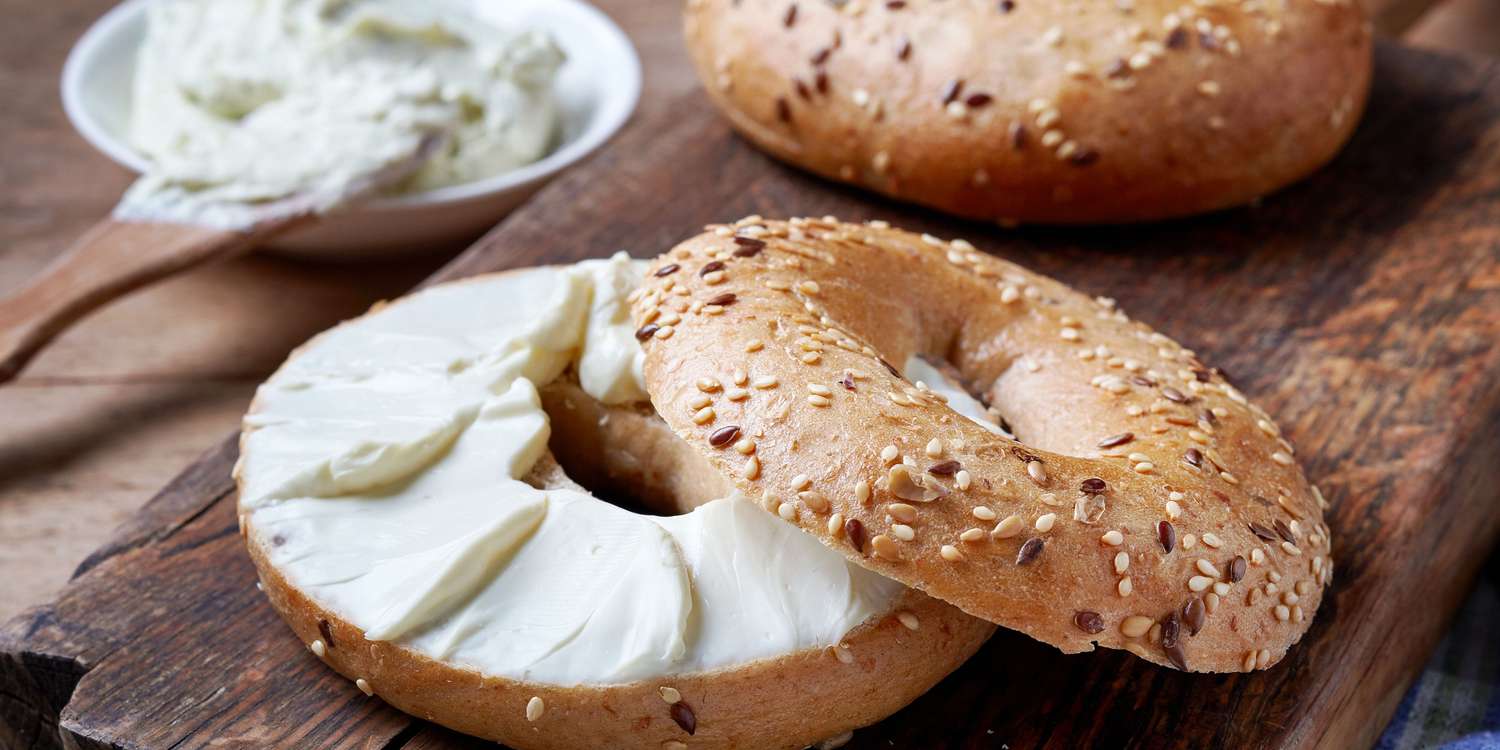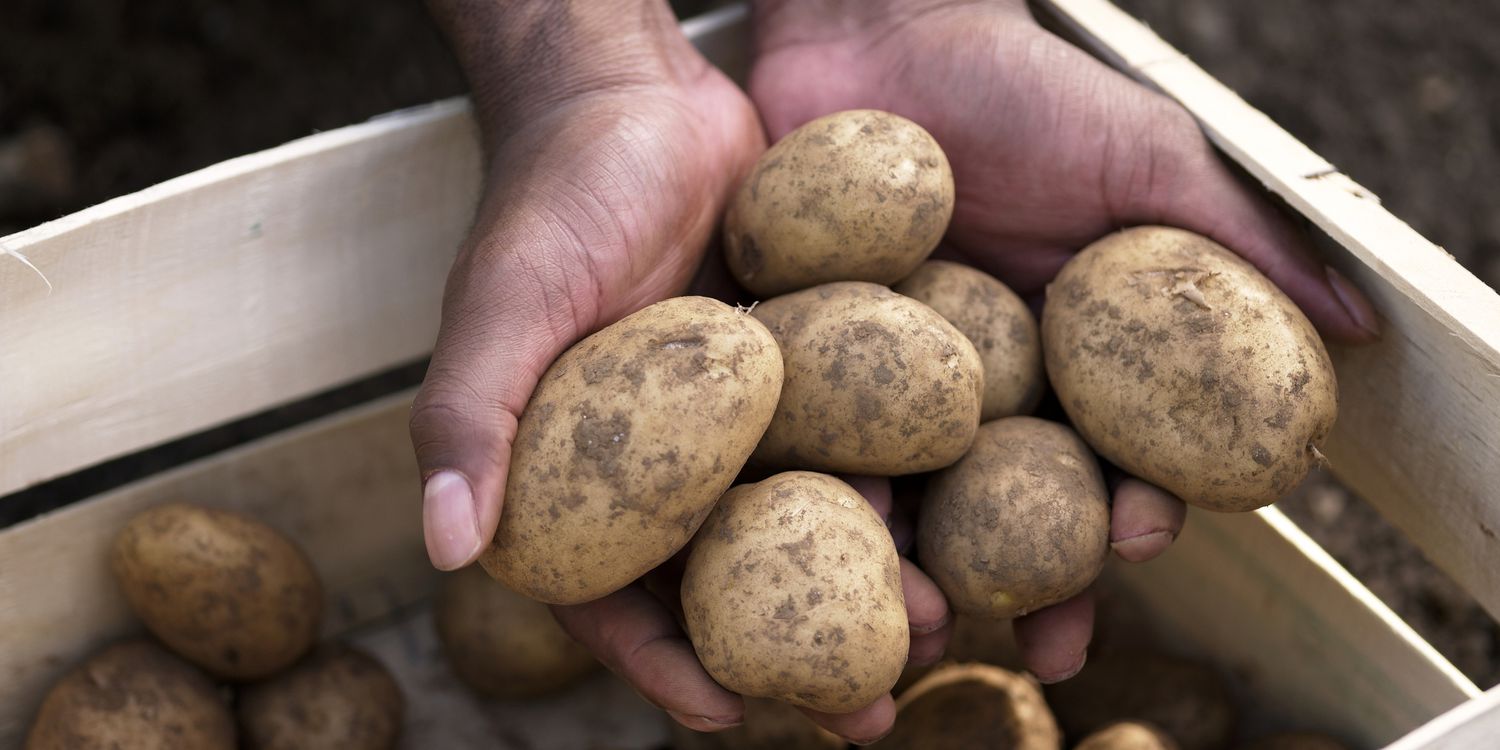Chess pie is a rich dessert with an even richer history. Here’s everything you need to know about the super simple sweet treat:
What Is Chess Pie?
Chess pie is about as simple as a dessert can be. Born of convenience rather than extravagance, the most basic chess pie filling consists of butter, sugar, eggs, and flour in a single pastry crust.
Cornmeal usually serves as an additional stabilizing ingredient, while an acid (buttermilk, vinegar, or lemon juice) is frequently added to punch up the flavor a bit. The pie is especially popular in the American South.
Chess Pie vs. Buttermilk Pie
Buttermilk and chess pies are alike in a lot of ways: They’re both made with few pantry staples, they both have rich custard fillings, and a pale yellow hue makes them almost identical. However, these Southern desserts aren’t quite the same thing.
While chess pie can include buttermilk to balance out the sweetness of all that sugar, it doesn’t have to include buttermilk. More often, vinegar is used to get that job done. Though it’s not always called upon to thicken the filling, cornmeal is frequently what gives a chess pie it’s velvety texture and yellow color.
Buttermilk pie, meanwhile, always has buttermilk. More acids, like lemon juice or vinegar, are also frequently added to brighten up the recipe even more. Cornmeal is almost never used in buttermilk pie—the only thickening agent in this dessert is flour.
Why Is It Called “Chess Pie?”
There are a lot of stories about how chess pie got its name. So which one’s true? It’s a mystery. We know it’s been around for quite some time, but the pie’s exact origins are hard to pinpoint. Let’s take a look at some of the most common stories surrounding its name:
- A Southern accent might cause someone to mishear “just” pie as “jes,'” or “chess” pie. According to one legend, a cook was asked what she was cooking that smelled so good. “It’s jes’ pie,” she replied. What the asker heard, though, was “it’s chess pie.”
- Compared to other custard-based pastries, the chess pie holds up relatively well at room temperature. Often, it was stored in something called a “pie chest.” The word “chest,” some say, eventually became “chess.”
- Southern gentlemen liked to enjoy the dessert after dinner while they played chess.
- “Chess” could be a derivation of “cheese.” Though there is no cheese in chess pie, its rich texture is comparable to British cheesecakes or curd pies.
- In a 1955 cookbook by Elizabeth Hedgecock Sparks called North Carolina and Old Salem Cookery, chess pie is described as “an old, old tart which may have obtained its name from the town of Chester, England.”
How to Make Chess Pie
Get the recipe: Mini Chess Pies
Looking for the very best chess pie recipe? Your search ends here. Our classic chess pie recipes are as good as they get.
Combine flour, sugar, eggs, butter, and the acid of your choice before pouring the mixture into a blind-baked crust. Bake for around 45 minutes and allow the pie to cool before enjoying. The result will be a velvety slice with a rich golden-brown top.
Related:
- 13 Depression-Era Desserts That Still Taste Decadent
- How to Make Buttermilk at Home
- Old-Fashioned Desserts That Will Take You Back in Time




